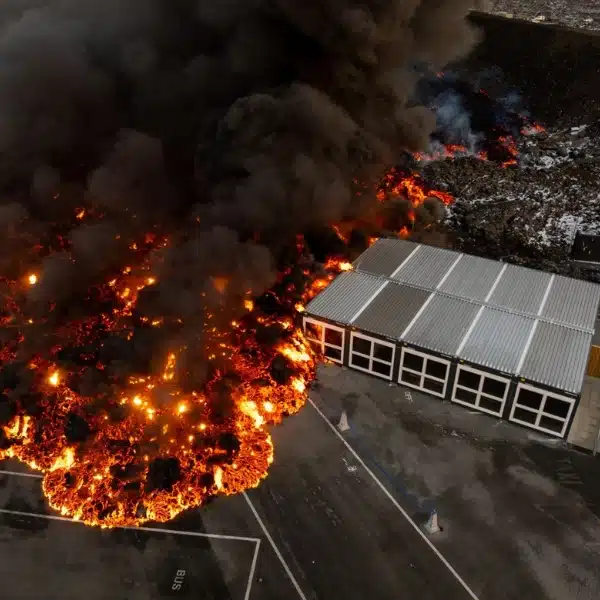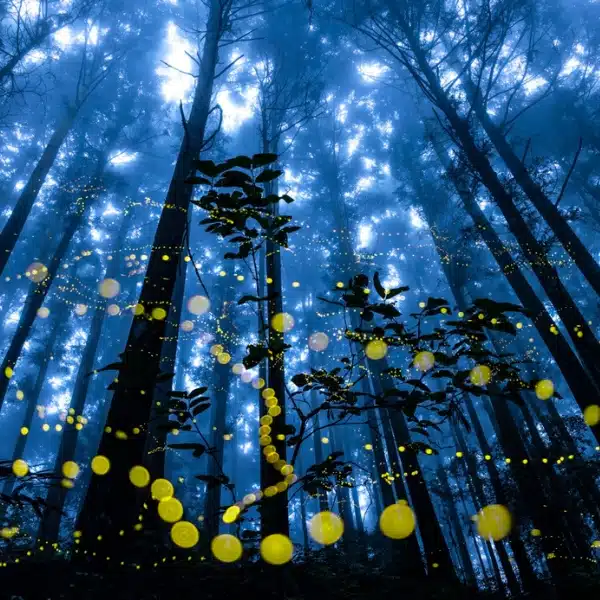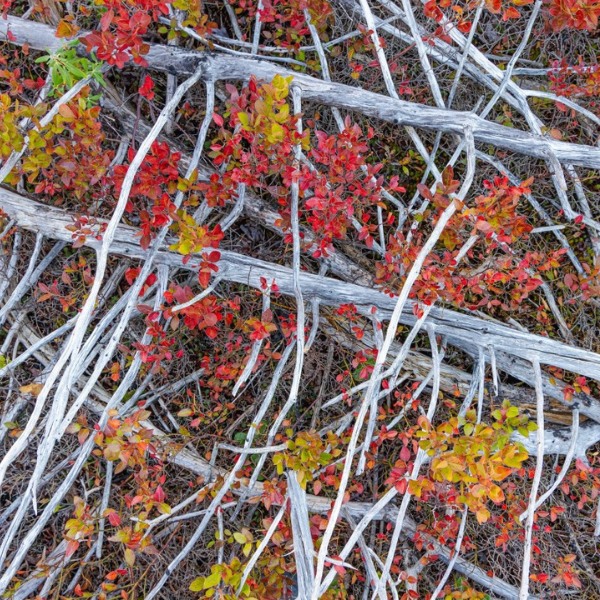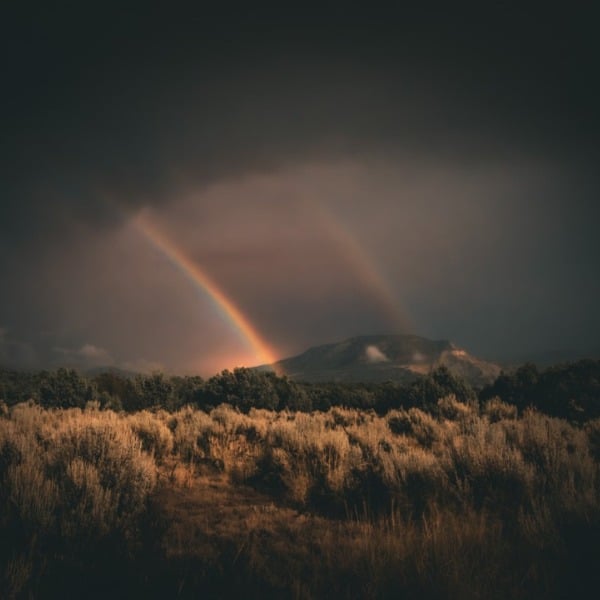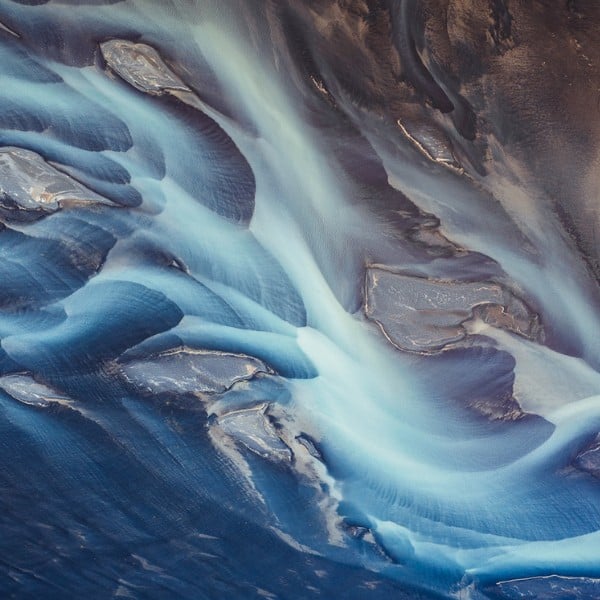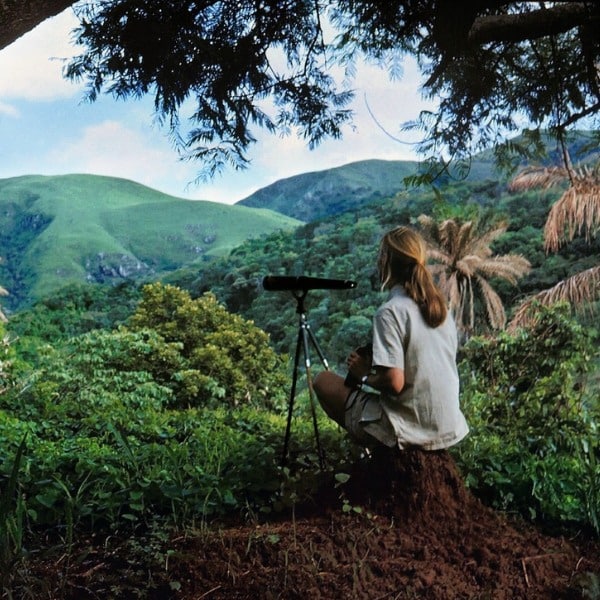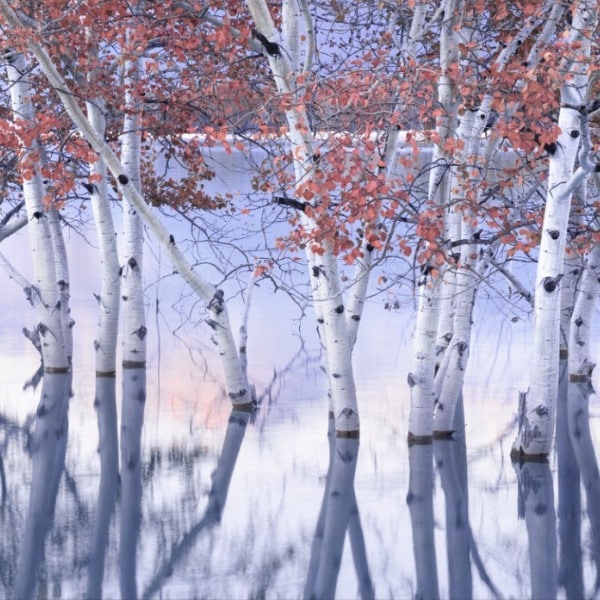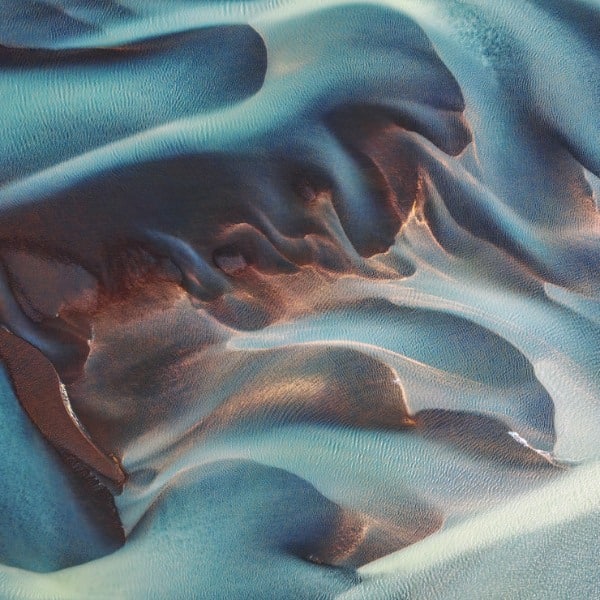
Ontario-based photographer Wayne Simpson captures some stunning, scenic landscapes of Canada. Each image presents a beautiful expanse of land, often coated in an untouched stretch of white snow, with a complementing natural, mountainous fixture in the distance. The breathtaking photos provide a variance in depth, offering something for the viewer's eyes to admire in both the foreground and the background.
There's an uplifting quality about Simpson's work that is only heightened by his refreshing subject. Viewer feel as though they are in the cold yet invigorating open air, walking along the icy paths towards a beautiful horizon. Simpson's visually stimulating compositions and skilled ability to capture the rich textures of the ground are an energizing feast for the eyes. Prints of Simpson's work can be purchased by contacting him through his website.
We were lucky enough to get in contact with Wayne and ask him a few questions. Be sure to check out the interview, below.

How did you get started in landscape photography?
I got into landscape photography when I saw the Rocky Mountains for the first time. I had never seen anything so amazing and just had to photograph them! I eventually got better at the technical side of photography and was much more proficient at combining my compositional skills with technical know-how. Now that I live in Ontario again (I grew up here) I see the landscape in a new and exciting way!
What is it about the Canadian landscape that inspires you?
I think what inspires me most about the Canadian landscape is how rugged it is. That being said, it's actually the finer details of those rugged scenes that I love to photograph most!

Can you please explain your process for a typical shoot?
When shooting landscapes I will typically watch the weather and figure out where the sun and moon will be. When possible I like to scout the location out beforehand so that I can get there in low light (before sunrise or just before sunset) and be in position. When the time comes that I am in position I like to watch for any kind of movement that might add to the photo such as clouds moving towards me, snow blowing at me, or waves crashing in an interesting way. When I can include movement in the image it usually enhances the image greatly. If I don't have an interesting composition for a grand landscape, or if the conditions are not right for some reason I will usually settle in and start looking closer at more intimate scenes. I usually find these shots to be the most rewarding and visually appealing. These scenes tend to be much more personal and carefully crafted.

You have a few images where it looks like you're standing on cracked ice. How did you accomplish this? Was it ever dangerous?
Yes I do have lots of shots where I'm standing on cracked ice! I never go on the ice if it is not safe and I wear crampons to make sure I don't slip and fall. I was fortunate enough to have my friends Darwin Wiggett and Samantha Chrysanthou of oopoomoo show me which areas where safe and what time of year was safe to go there.

Your images are so beautiful and rich in color. How much post work is involved?
Some of my images have pretty much no post work (except the standard raw conversion), and others have plenty! I believe in using the tools at my disposal to bring my creative vision to life. I don't see my photographs as images documenting what I see, but rather conveying what I feel. If I have to add a little punch to a colour, or blend exposures to accomplish an effect I'm okay with that and open about it. One thing I don't do is add something that was not there.


















































































